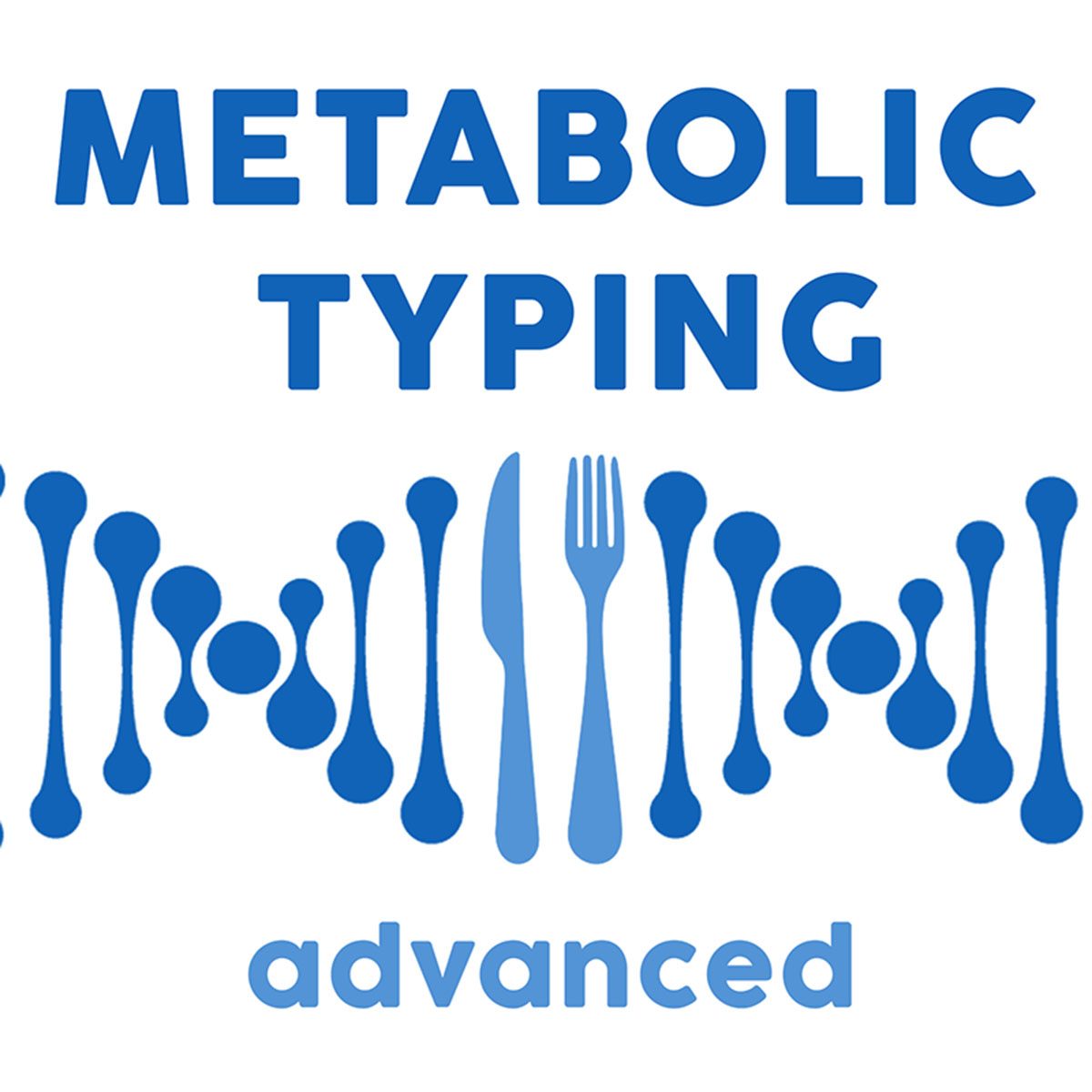No products in the cart.
Zone Diet
There is considerable evidence that obesity is a glandular problem. We all know people who can eat very large amounts of high calorie foods and stay slim. Others gain weight on 700 calories. But obesity does not appear to be just a thyroid problem. The real culprit is high levels of insulin. A diet that includes refined carbohydrates (white flour and sugar) is known to raise blood sugar levels in many people. Insulin levels must then go up to try to deal with the excess blood sugar. Eventually, the person may become insulin resistant, and normal levels of insulin are no longer able to control blood sugar levels. Now the pancreas produces excess insulin when any carbohydrate foods are eaten, and insulin levels are higher than normal. And we know that most overweight people do produce too much insulin.
Insulin is a storage hormone. Above normal insulin levels get you at least four ways. First, excess insulin forces blood sugar into storage as fat. Second, excess insulin prevents the utilization of stored fat for energy. Third, excess insulin can increase hunger. Fourth, high levels of insulin are also associated with coronary artery disease. You have probably figured out by now that an abnormally high level of insulin is not in your best interests! Dr. Barry Sears has researched the insulin problem, and has come up with a program that lowers insulin levels by using a specific ratio of protein to carbohydrate. For a fuller account of his research, see his book Enter the Zone. (Note: If you are a diabetic, are pregnant, or are being treated for any serious illness, you should consult your physician before making dietary changes.)
Find out your lean body weight. Enter the Zone tells how to do this. If you do not have the book, use your approximate ideal weight. Figure out how much protein you need per day. Take your lean body weight (or your approximate ideal weight if you don’t know your lean weight) and multiply it by 0.0714 if you are sedentary, by 0.0857 if you walk some, by 0.1 if you exercise for 30 minutes 3 times a week, and by 0.114 if you exercise an hour a day, 5 times a week. Round this number off to the nearest whole number to give you the number of protein units you need per day. One protein unit is one ounce of lean meat or cheese, one large egg, one and one-half ounces of fish, one cup of milk, one-half cup of yogurt or one-half cup of cooked dried beans, split peas or lentils. (Each protein unit actually has about 7 grams of protein.)
Add one unit (actually 9 grams) of carbohydrate to your daily requirement for each protein unit. Best carbohydrate units are: One cup of cooked non-starchy vegetables, one-fourth cup of cooked dried beans, split peas or lentils, one-half cup cooked onions, two cups of raw non-starchy vegetables, one cup of tomatoes, one-half cup of unsweetened fruit, or one-third cup of cooked oatmeal. Some carbohydrate units that can be used less often are one-fourth cup of winter squash or corn, one-third cup peas or potatoes, one-half cup cooked carrots, one-third of a banana, one-fourth cup of fruit juice, one-half slice of whole-grain bread, one-fourth cup of Wholegrain pasta, one-fourth pita pocket, two cups of popcorn, one-fifth cup of rice, one rice cake, or one-half tablespoon of honey. For a lot more ideas, buy the book or a carbohydrate gram counter.
Add one unit of fat (1.5 grams) for each protein unit. There are many possibilities, but a few are one-third teaspoon of oil or butter, one-half teaspoon of nut butter, two tablespoons of avocado, or three olives. This fat, by the way, is in addition to the fat that is in your other units. Do not eat large servings of protein or very large meals. Large servings of protein or any very large meal will raise insulin levels.
There is a school of thought out there that believes persons differ in whether they need to be acid or alkaline. We all come from different genetic backgrounds and some do better on high-carb diets and some do better on low-carb diets. That’s why all the confusion – one book will swear that we need to alkalinize to feel better. Another will be just as adamant that we need to acidify. Different strokes for different folks.
It would be a mistake to follow that school of thought, which hasn’t a leg to stand on, and there should be no confusion. Low oxygen levels are not only involved in a reduced ability to get rid of toxin load, but low oxygen also was proven by a two-time Nobel Laureate to lead to cancer. Dr. Otto Warburg, was nominated for a third Nobel prize and three of his students also got Nobel prizes. Acid intracellular and extracellular fluids (lymph) that the oxygen has to pass though to get to the cells, will neutralize oxygen.
At the other end of the scale, overly alkaline fluids do not allow the blood hemoglobin to drop off oxygen, leading to low oxygen levels at the cells and an elevated cancer risk. Your health profile will reflect the levels of your urine pH, saliva pH, and your breath-holding ability. People are usually too acid, and the resulting accumulated toxin load puts them into the downward spiral of disease. Great many diseases have toxin load as either causal or aggravating factor.
High-carb diets encourage surges of insulin, a powerful free radical, showing in pre-diabetes and diabetes, as well as oxidative stress disorders such as heart disease, peripheral arterial disease, kidney failure, blindness etc., all of which are associated with these conditions. Syndrome X, which also involves suppressed growth hormone levels and elevation of the stress hormone cortisol, interferes with healing and immune system response.







